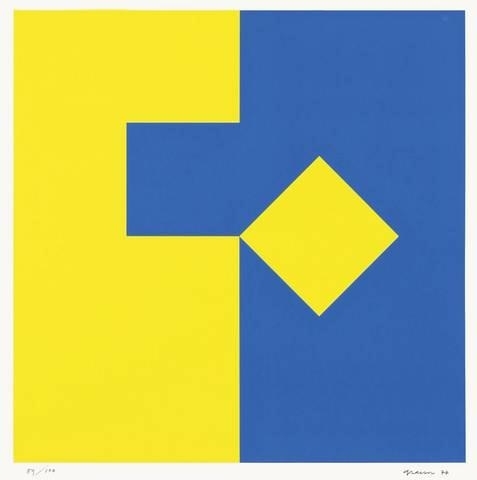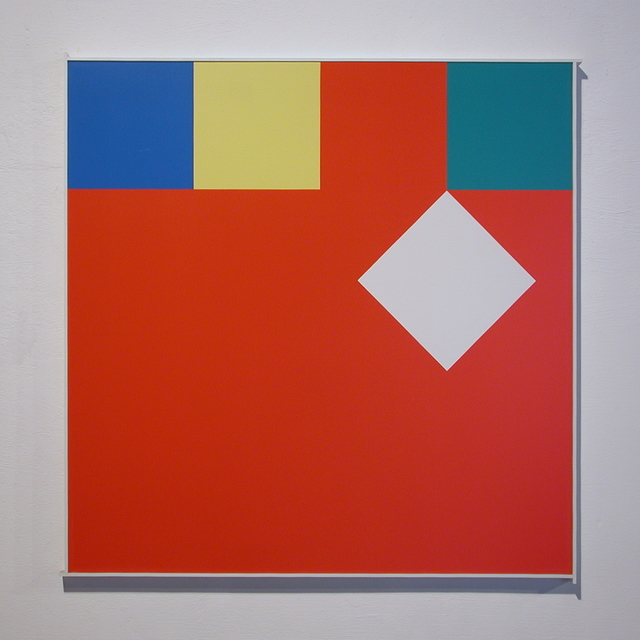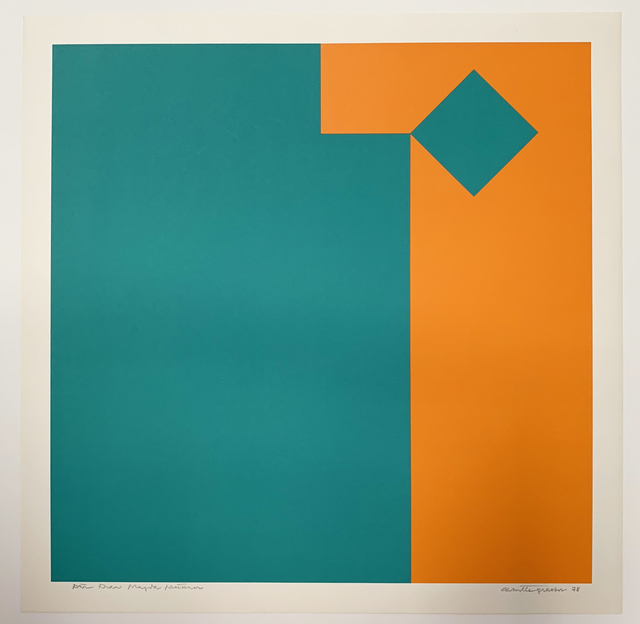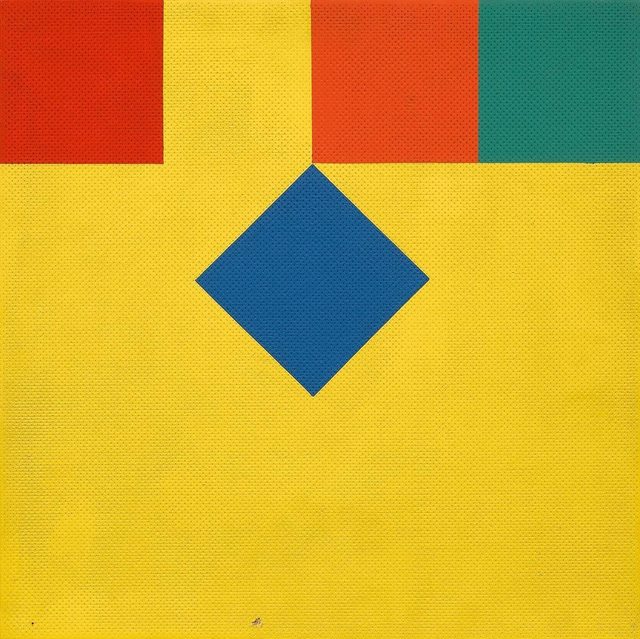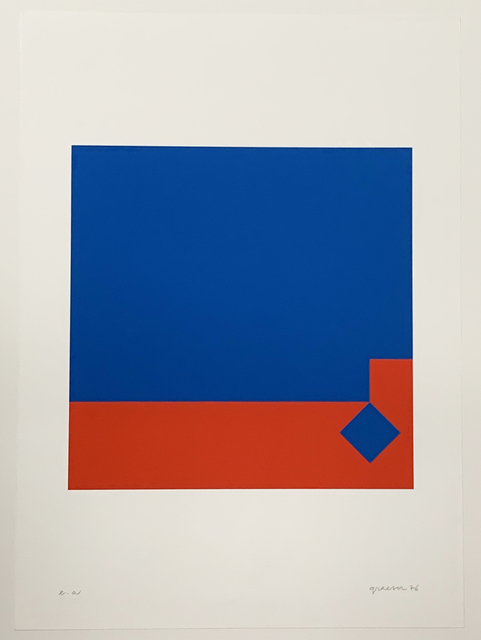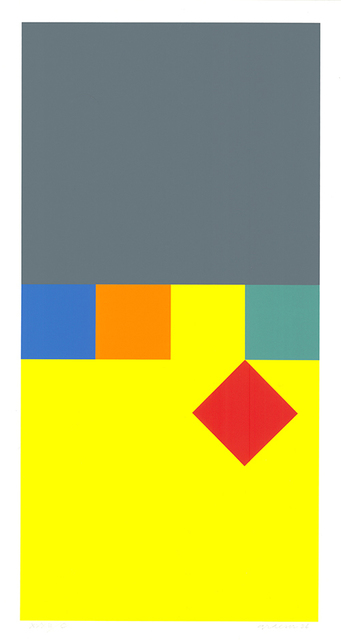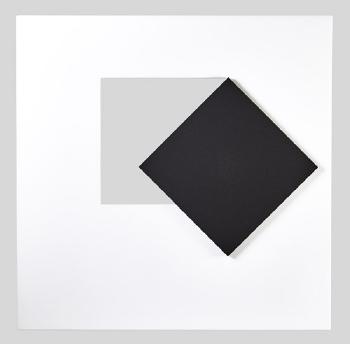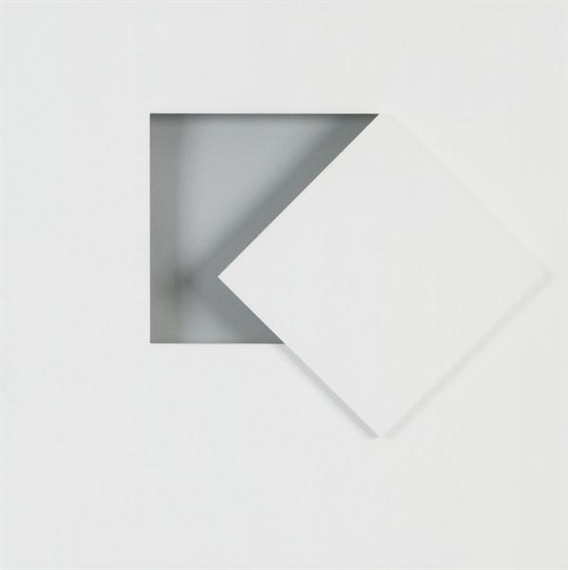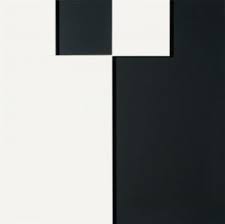Camille Graeser Swiss painter
CONSTRUCTIVISM
Camille Graeser (1892–1980) was a Swiss painter and member of the circle of Zurich Concrete artists. He was born in Switzerland but grew up in Stuttgart, Germany where he became a furniture designer. He took part in major exhibitions by the association Werkbund and in 1927 was invited to create furniture for Mies van der Rohe. In 1933 he fled to Switzerland as a result of the Nazis coming to power. He then became a member of the Swiss artists’ association Allianz.
Camille Graeser was born in Carouge near Geneva on February 27, 1892. In 1911, after completing an apprenticeship as a carpenter, Graeser entered the specialist class of furniture making and interior architecture at the Royal College of Arts and Crafts (Königliche Kunstgewerbeschule) in Stuttgart, where he became a master student of Bernhard Pankok in 1913. In his free time, he painted and drew in a very abstracted manner, influenced by Cubism and Fauvism. In 1917, he opened a studio for interior architecture, advertising graphics, and product design in Stuttgart, whose reputation in the city continued to grow.
In 1918, he was accepted into the Deutscher Werkbund (German Association of Craftsmen), in whose activities he was regularly involved, for instance in the Form ohne Ornament (Form without Ornament) exhibition in 1924 and in the interior design for the model Weissenhof estate in Stuttgart in 1927. National Socialism put an abrupt end to his career. Graeser returned to Switzerland in 1933, and since he was not able to find sufficient work as a designer in Zurich, he decided to dedicate himself exclusively to visual art. Starting from two-dimensional Purism, he found his way to a rigorously constructive approach, which he employed both to paintings and drawings and to reliefs and sculptures. In 1937, he became a member of the Allianz artist group. This led to his participation in numerous exhibitions in Switzerland and abroad, while he continued to occupy himself with design work on the side.
Starting in 1950, Graeser was among the most important representatives of Concrete art in Switzerland, along with Max Bill, Verena Loewensberg, and Richard Paul Lohse. In 1964, he had his first museum exhibition, at the Kunsthaus Zurich; the first book about him was published in 1968; and he had the opportunity to participate in the Sao Paulo Biennial in 1969, and in the documenta in Kassel in 1977. In 1975, the City of Zurich awarded him its art prize. Graeser died in Wald (Canton of Zurich) on February 21, 1980, after a long illness.


